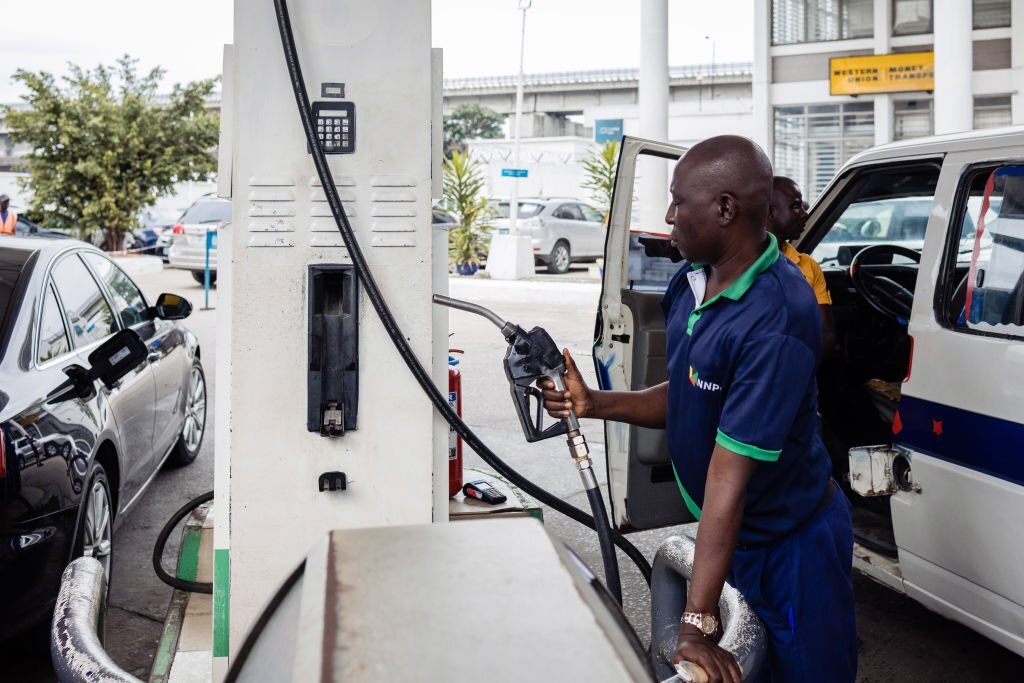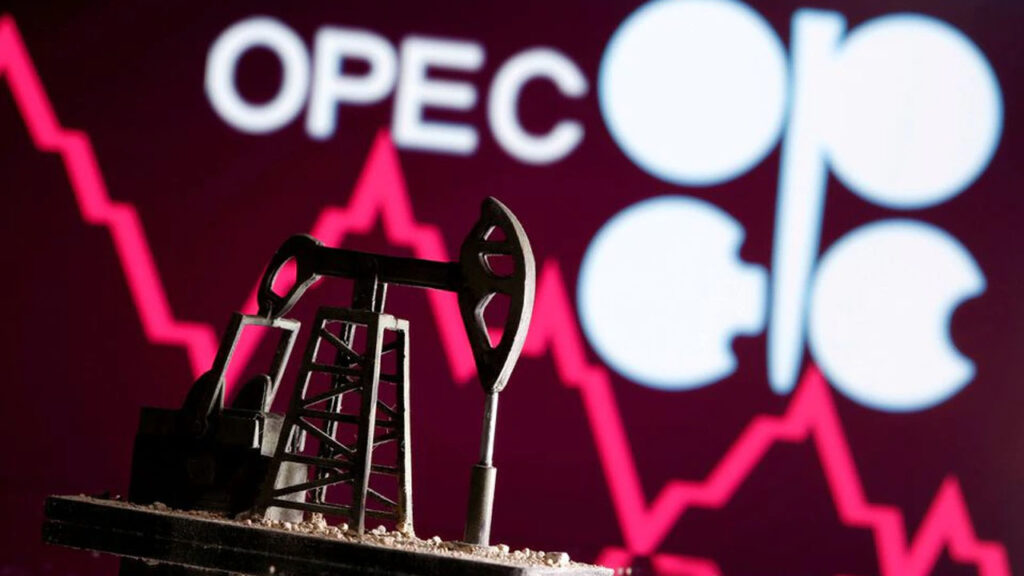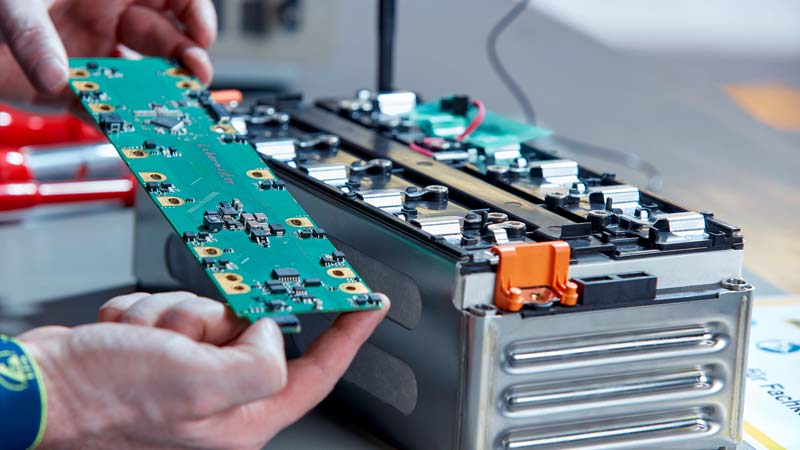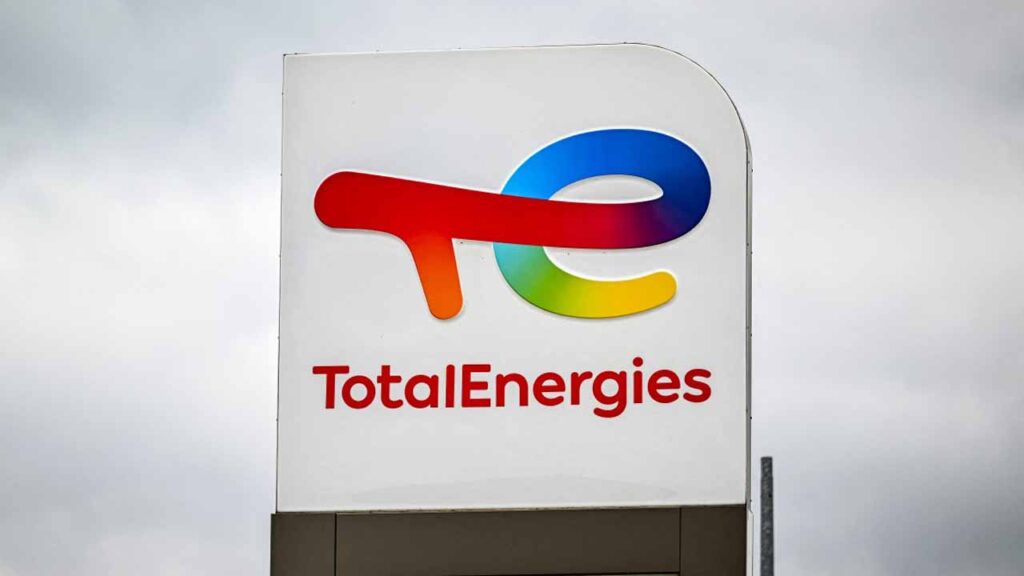 As Nigeria grapples with its electricity pricing structure, an ongoing debate between subsidies and cost-reflective tariffs underscores the challenges bedevilling the sector. WALIAT MUSA examines the current state of supply and demand, the financial strain on the government and the contrasting perspectives on the subsidy dilemma.
As Nigeria grapples with its electricity pricing structure, an ongoing debate between subsidies and cost-reflective tariffs underscores the challenges bedevilling the sector. WALIAT MUSA examines the current state of supply and demand, the financial strain on the government and the contrasting perspectives on the subsidy dilemma.
Nigeria’s electricity pricing has remained contentious over the years, as some stakeholders argue that the current pricing model does not effectively cover the costs of generation, transmission, and distribution. This has led to the government providing subsidies to bridge the financial gap, a situation that has now raised questions about the sustainability of the nation’s power sector.
The pricing has been a subject of debate, with some stakeholders arguing that tariffs are too low, hence, preventing the sector from reaching its full potential. Various factors contribute to this, including subsidies, operational inefficiencies, and over-reliance on government support, resulting in a complex problem with economic and political undertones.
In the absence of cost-reflective tariffs, the government covers the gap in the form of tariff shortfall funding, applied to the Nigerian Bulk Electricity Trading Plc (NBET) invoices, which are paid by Distribution Companies (DisCos).
The Nigeria Electricity Regulatory Commission’s (NERC) 2023 Q3 report reveals a worrying picture of the financial strain on the government due to subsidy payments. The federal government is grappling with a huge debt accrued from funding subsidies and can no longer keep up.
Government incurred a subsidy obligation of N204.59 billion in 2023/Q3, an average of N68.20 billion monthly, which is an increase of N69.37 billion compared to the N135.23 billion (average of N45.08 billion monthly) incurred in 2023/Q2.
During former President Muhammadu Buhari’s tenure in 2020, the Federal Government initiated the gradual elimination of electricity subsidies by introducing the Service-Based Tariff (SBT), which stemmed from financial pressures arising from subsidies on both electricity and petrol.
The period from 2015 to 2020 saw an annual electricity tariff shortfall averaging N200 billion, surging to a considerable N600 billion in 2022. To systematically phase out subsidies, NERC introduced the Multi-Year Tariff Order (MYTO) in 2022. However, challenges quickly arose with the halt of tariff reviews in July 2023, disrupting the subsidy elimination process.
Checks by The Guardian revealed that the latest tariff plan data for the 11 DisCos, show that the federal government would pay N1.67 trillion for electricity subsidies at a monthly average of N120 billion this year, which is higher than the reported N619 billion subsidy last year. Worse, the power generation company is being owed N1.3 trillion. The gap between the amount owed and the funds spent on subsidies underscores the magnitude of the challenge, raising concerns about the impact on public finances and the ability to sustain this model.
The sector continues to face challenges in matching the surging demand with a reliable and consistent supply. Inadequate generation capacity, dilapidated distribution infrastructure and systemic inefficiencies contribute to frequent power outages, hindering economic growth and eroding public confidence.
While subsidies offer short-term benefits, their long-term consequences are multifaceted, the financial strain on the government limits its ability to attract private investments, modernise the power sector and implement crucial reforms which perpetuate inefficiencies, hindering the development of a sustainable and competitive energy sector.
Experts said that the country’s electricity conundrum requires a comprehensive approach that balances immediate relief for consumers with the imperative for long-term sustainability.
As the nation navigates the debate between subsidies and cost-reflective tariffs, they argue that data-driven decision-making, targeted investments, and transparent governance are crucial for the sector’s survival.
A well-planned transition towards cost-reflective tariffs, coupled with strategic measures to address supply and demand imbalances, can pave the way for a resilient and sustainable power sector that meets the needs of both the government and its citizens.
Already, the International Monetary Fund (IMF) stated that there is an urgent need for Nigeria to completely phase out costly fuel and electricity subsidies as part of measures to address its economic challenges.
These subsidies, deemed inefficient and ineffective in reaching intended beneficiaries, were identified as worsening the nation’s fiscal challenges and hindering efforts to address poverty and food insecurity.
In its report, titled: ‘IMF Executive Board Concludes Post Financing Assessment with Nigeria,’ the IMF reiterated the importance of eliminating the subsidies to redirect resources towards more targeted and impactful social welfare programmes.
With the ongoing debate between subsidies and cost-reflective tariffs, the Minister of Power, Adebayo Adelabu, amid concerns over subsidy funding, has called on the Federal government to transit fully to cost-reflective tariffs.
He argued that if there’s a commitment to subsidy, it must be adequately funded, noting that if the government isn’t prepared to allocate funds for subsidy, it is more prudent for a transition to a tariff system that fully reflects the costs involved.
He emphasised that subsidy has resulted in substantial debts being owed power generating companies (GenCos), noting that this financial strain has made it difficult for GenCos to fulfil payments to gas suppliers, creating a cycle where unpaid suppliers are hesitant to provide regular gas to power plants.
Executive Director of PowerUp Initiatives for Electricity Rights (PowerUp Nigeria), Adetayo Adegbemle, described the subsidy dilemma as a gradual detriment that continually burdens the government.
He asserted that the subsidy is not sustainable and should be eliminated, adding that despite the initial government assurance of sustaining it, the power minister has acknowledged its unsustainability.
Stating that the responsibility of determining the phased removal lies with the regulators and the government, he said instead of the government borrowing funds for subsidy payments, those resources should be directed towards metering and network revamping.
Speaking, Electricity Market Analyst, Lanre Elatuyi, said subsidies can be beneficial when directed towards the vulnerable population in need of essential energy support. He, however, pointed out that subsidies do not create incentives for DisCos to enhance efficiency and performance. He also mentioned that the N1.67 trillion subsidy burden falls squarely on the Federal Government but in the event of the government’s failure to provide the subsidy in question, the primary consequences would be borne by the GenCos and gas suppliers.
Elatuyi stressed further, noting that the anticipated average load uptake in 2024, as indicated in MYTO 2024, is approximately 3963MW, adding that this quantity does not adequately mirror the energy requirements of Nigerians as the imbalance between supply and demand in Nigeria Electricity Supply Industry (NESI) is a significant challenge, further aggravated by circular debts.
Consequently, load-serving entities, particularly DisCos, often limit their energy uptake for commercial reasons.
“Average tariff for now is about N68 per kWh, which is not cost-reflective. As shown in MYTO 2024, charging the cost-reflective tariff will drive the price to about N130 per KWh on average. About N450 billion was budgeted for subsidy in 2024 and maybe about N200 billion may come from Power Sector Recovery Programme (PSRP) financing with a concern that there may still be huge deficits after both interventions.”
Lawyer and Executive Coordinator, NEPA WAHALA NG, a power sector consumer awareness and protection initiative, Emeka Ojoko, told The Guardian that the current subsidy in the sector is not sustainable, as they are typically paid out of budget surpluses.
Ojoko mentioned that despite consistently running a budget deficit and relying heavily on borrowing, the government discreetly subsidised power until it became widely known in 2021.
While borrowing isn’t inherently negative, using it to finance consumption instead of production creates a challenging situation that is difficult to overcome, he said.
He emphasised that borrowing should be directed towards capital projects that can boost economic growth and not towards covering recurring expenses.
He added that without the ability to implement cost-reflective tariffs, DisCos would struggle to generate sufficient revenue for both Capital Expenditure (CapEx) and Operational Expenditure (OpEx), hindering infrastructure investments crucial for improving distribution and causing a prolonged issue of poor power supply.
He added that while the government has removed the tariff freeze for Metered and Maximum Demand (MD) customers, mainly industrial firms, other consumers continue to pay electricity prices way below market rates. Paradoxically, he said, the manufacturing/industrial sector which is in urgent need of subsidies to reduce OpEx and enhance productivity, is burdened with higher energy costs, leading to increased product prices and reduced demand.
“Electricity is a commodity. It must be paid for at commercially satisfactory rates so that the producers can continue producing it, the same as the foodstuff we buy in the market. With the well-earned distrust of the citizenry for the ruling class, it will be tough for them to ask us to make sacrifices which they have shown a marked distaste and unwillingness to make themselves,” he said.













